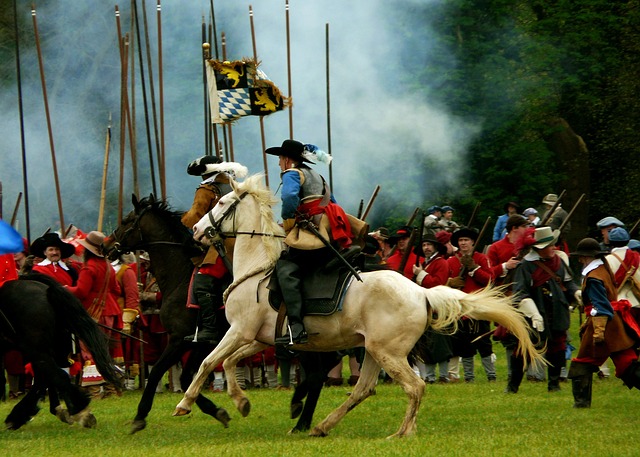The British thought they were in a great position to put an end to the American Revolution when General William Howe took New York City in the second part of 1776. They controlled a wide area of land that encircled the city, extending from New Jersey to Rhode Island, and they inflicted George Washington a number of devastating losses as a result. The British authorities did not consider the rebels to be a major threat, despite the fact that Washington had regained some initiative with victories at Trenton after Christmas and Princeton in the new year. The main issue the British had was not knowing how to put an end to the rebels.
Howe suggested attacking Philadelphia in New York City. It served as the location of the Continental Congress and, in a sense, served as the epicenter of the revolutionary effort. He thought that if the movement was defeated, the capital would be taken. The British government's secretary for America, Lord Germain, gave his assent before sending this plan to London. However, Germain's endorsement of a different tactic that in some ways went against Howe's would ultimately result in catastrophe. An assault on New York from Canada was suggested by General John Burgoyne. Like Washington, Burgoyne saw New York as the center of the United States. The revolution would be physically split if New York was taken over, but the revolutionary spirit would still remain.
The concept was sound, however communication or at least cooperation was missing. Burgoyne was tasked with leading a significant attack that would take him from Albany, New York's capital, along the Hudson River and down Lake Champlain, giving him control of upstate New York. Barry St. Leger would simultaneously lead a second, lesser drive from Lake Ontario eastward down the Mohawk River, seizing control of the state's center. Howe must march north up the Hudson from New York City to join the other two in Albany, where he will take control of the southern portion of the state and divide the nation in half.
It was a mistake to rely on William Howe for speed, albeit he wasn't entirely to blame in this instance. Howe made the decision to load his troops into ships and sail up Chesapeake Bay, where he would disembark and attack Philadelphia from the southwest, rather than heading directly towards Philadelphia (his forces already controlled most of the way). This was not only a rather indirect means for him to accomplish his goal, but it also required the Royal Navy's participation, which they did not readily offer. The navy and army rarely got along very well, and there was no overall commander to command the navy's cooperation.
Burgoyne had made significant progress in the interim. On July 6, he crossed Lake Champlain and took control of American Fort Ticonderoga. Most of the way back to Canada, Burgoyne was able to keep a steady supply line by water, but after Ticonderoga, he had to advance over land and construct a road as he went. As a result, he moved more slowly, giving Horatio Gates, the American commander in the region, time to set up a defensive position along the Hudson River close to the town of Saratoga, midway between Ticonderoga and Albany. Burgoyne started to encounter issues as he made his sluggish descent toward the south. Jane McRae, a well-known young loyalist engaged to an American officer engaged in combat with Burgoyne while awaiting the arrival of the British forces.
Burgoyne intended to punish the killer, but he was unable to do so without endangering his escorts in such hostile country. As a result, he decided to let the murderer go. Even though the victim was a loyalist (upper New York had plenty of them), this incident rekindled the long-standing animosity between colonists and Indians. Many New Yorkers got up to either join Gates at Saratoga or disrupt the British supply line back to Canada after even those who supported Britain were unable to endure Burgoyne's choice. When Burgoyne instructed his mercenary Hessian troops to obtain additional supplies from the country side, they weren't exactly kind to the locals, which infuriated the people of New York even more.

References:
Chidsey, Donald B., The War in the North:
An Informal History of the American Revolution in
and near Canada (New York: Crown Publishers,
1967); Furneaux, Rupert, The Battle of Saratoga
(New York: Stein & Day, 1971); Mintz, Max, The
Generals of Saratoga: John Burgoyne and Horatio
Gates (New Haven, CT Yale University Press,
1990).
Posted using Proof of Brain
